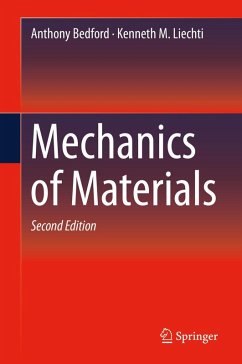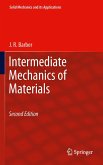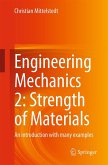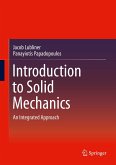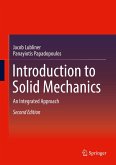This revised and updated second edition is designed for the first course in mechanics of materials in mechanical, civil and aerospace engineering, engineering mechanics, and general engineering curricula. It provides a review of statics, covering the topics needed to begin the study of mechanics of materials including free-body diagrams, equilibrium, trusses, frames, centroids, and distributed loads. It presents the foundations and applications of mechanics of materials with emphasis on visual analysis, using sequences of figures to explain concepts and giving detailed explanations of the proper use of free-body diagrams. The Cauchy tetrahedron argument is included, which allows determination of the normal and shear stresses on an arbitrary plane for a general state of stress. An optional chapter discusses failure and modern fracture theory, including stress intensity factors and crack growth. Thoroughly classroom tested and enhanced by student and instructor feedback, the book adoptsa uniform and systematic approach to problem solving through its strategy, solution, and discussion format in examples. Motivating applications from the various engineering fields, as well as end of chapter problems, are presented throughout the book.
- Continues emphasis on design including dedicated sections in the chapters on axially-loaded bars, torsion, and stresses in beams, and adds new sections on shear stresses in built-up beams, the moment-area method, and the application of singularity functions;
- Reinforces concepts with problems following each section and over 1000 figures and tables;
- Promotes students' understanding the concept of isotropy in a revised section on stress-strain relations;
- Emphasizes the importance of visual analysis, particularly through the correct use of free-body diagrams.
Dieser Download kann aus rechtlichen Gründen nur mit Rechnungsadresse in A, B, BG, CY, CZ, D, DK, EW, E, FIN, F, GR, HR, H, IRL, I, LT, L, LR, M, NL, PL, P, R, S, SLO, SK ausgeliefert werden.

